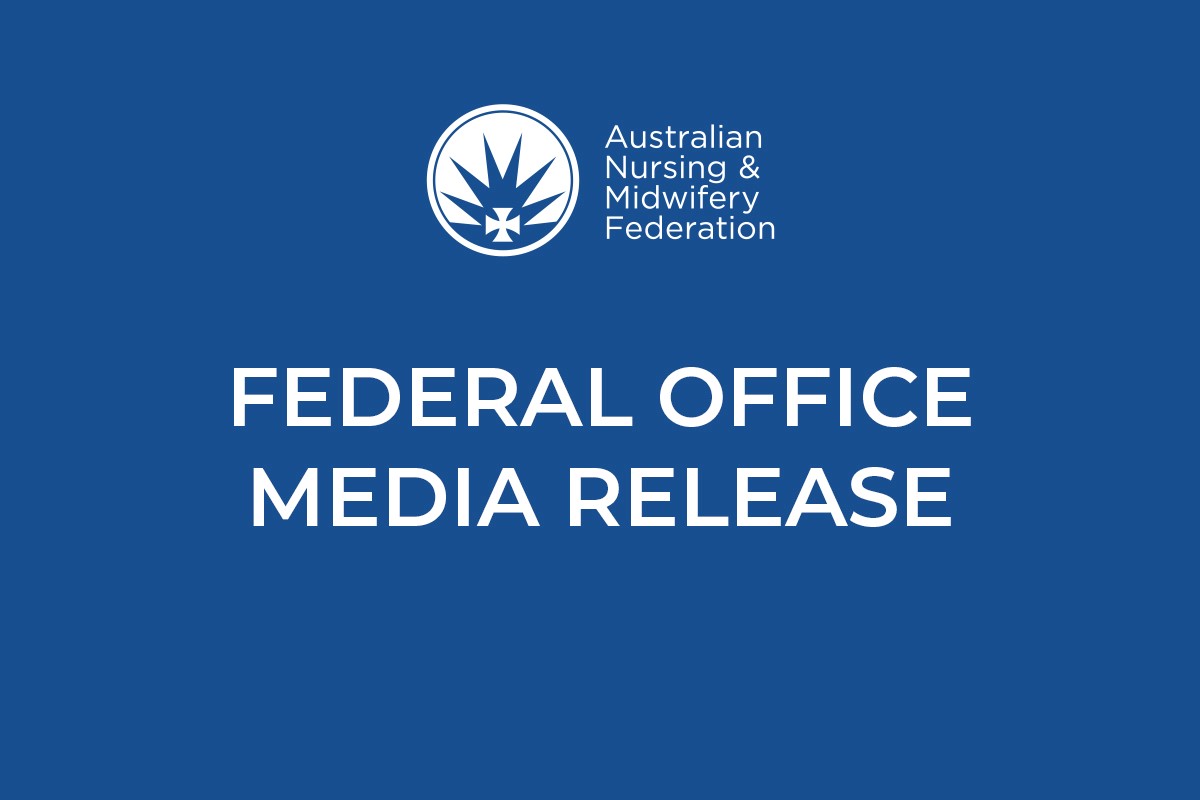
This month, the Australian Nursing and Midwifery Federation nationally celebrates its centenary.
Australia’s first nursing association was formed in NSW in 1899. At the time, there was nothing to define nursing (nor, by association, midwifery) as a profession – including no uniformly accepted training standards and no certification. The Australian Trained Nurses Association’s aim, therefore, was to improve the status of nurses through registration and to develop standards of training in hospital schools of nursing.
Over the next couple of decades, it established branches in Queensland, South Australia, Western Australia and Tasmania.
In our state a separate organisation had formed in 1901, with similar aims. For the next two decades the Royal Victorian Trained Nurses Association (RVTNA) operated, with great success, as a private training and registration body.
By the early 1920s, as state-based registration was legislated around the country, it had become clear that a federal body was in the best interests of nurses across Australia. So in October 1924 the Royal Victorian Trained Nurses Association merged with the Australian Trained Nurses Association to become the Australian Nursing Federation (ANF).
The RVTNA thus became the Victorian branch of the ANF (see note about our name below).
From little things, big things grow
From just 700 members in 1924, the ANMF is now Australia’s largest union, boasting a membership of more than 325,000 nurses, midwives and personal carers. More than 105,000 of those are Victorian.
Together with our members across the country, we have achieved extraordinary things over the past century in the name of protecting, promoting and progressing our members and their professional and industrial rights. Just some of the many significant accomplishments of the ANMF include:
- Establishing nursing and midwifery schools in the 1920s and later working to ensure a smooth transition from hospital-based training to university education during the 1970s and 80s.
- Lobbying for and supporting national registration and the establishment of the Australian Nursing Council and the Nursing and Midwifery Board of Australia.
- Fighting for, and winning, ratios – in Victoria first – as well as penalty rates, allowances and entitlements, and better pay and conditions.
- Advocating for the recognition of, and expanded scopes of practice for, nurse practitioners.
- Securing fairer wages for aged care workers and better conditions in aged care facilities, including mandated care minutes.
- Advocating for, and winning, superannuation on paid and unpaid parental leave
- Promoting environmental sustainability in nursing, midwifery and healthcare more generally
- And much, much more.
To commemorate this significant anniversary, ANMF’s national office has produced a short documentary highlighting the federation’s past and present achievements. The documentary, titled 100 Years Strong, will be publicly launched on 23 October in Sydney, and online via a virtual premiere.
We’ll have more details in the coming weeks, but you can view a trailer on YouTube (or below) in the meantime.
Fighting for a better future
Of course, every step forward is possible because of what came before. While reflecting on the achievements of our past, ANMF across the country continues to look to the future and fight for you, for our professions, our patients and our communities.
In Victoria, on the tail of achieving the biggest EBA pay rise in the Branch’s history for our public sector nurses and midwives, as well as previously unimaginable improvements for private aged care sector employees at Bolton Clarke, we are now bargaining for the public sector mental health nurses EBA.
Many of the major private acute EBAs will follow in the coming months, with the public sector general nurses and midwives EBA being the benchmark for negotiations.
Our mental health nurses’ log of claims contains over 60 items – including all of the relevant public sector general nurses’ EBA outcomes. Negotiations for the replacement agreement are well underway. Assistant Secretary Maddy Harradence and other relevant ANMF staff have been attending twice-weekly bargaining sessions with the employer representative Victorian Hospitals’ Industrial Association (VHIA), HACSU and representatives from the Victorian Department of Health.
With former Fair Work Commission commissioner Michelle Bissett facilitating, these sessions are progressing smoothly, and at this stage I remain optimistic about finalising an agreement to be considered by members by the current EBA’s 31 December 2024 expiry date.
Over the next month, ANMF is coming to you with a series of mental health workplace visits – you can find dates here; they will also be emailed to relevant members. ANMF elected officials and staff look forward to meeting you to discuss our progress and answer your questions.

